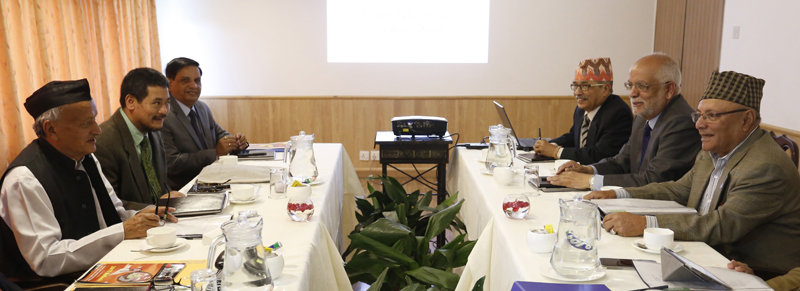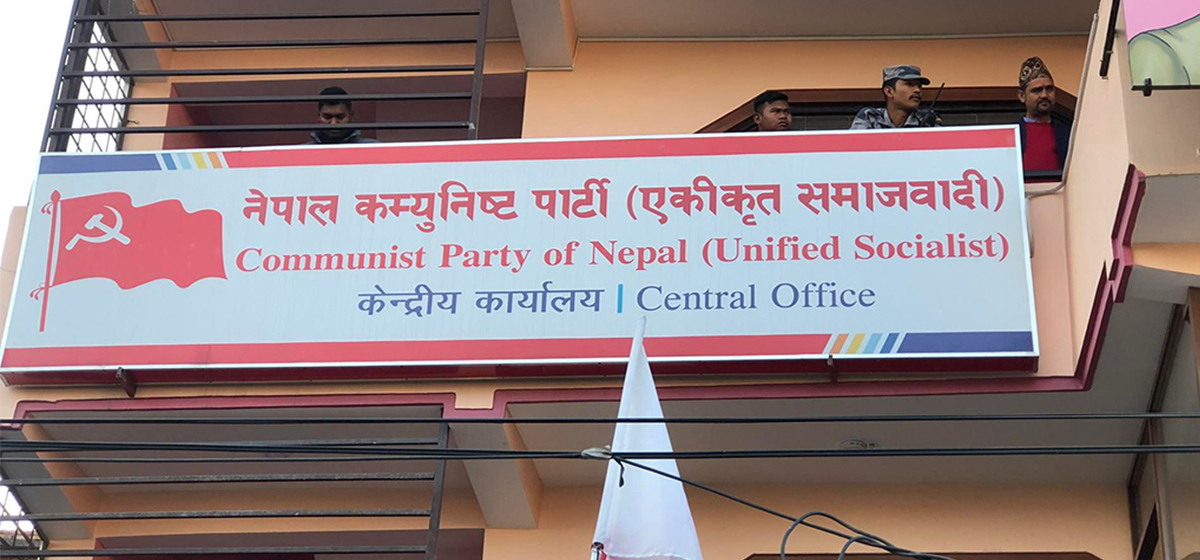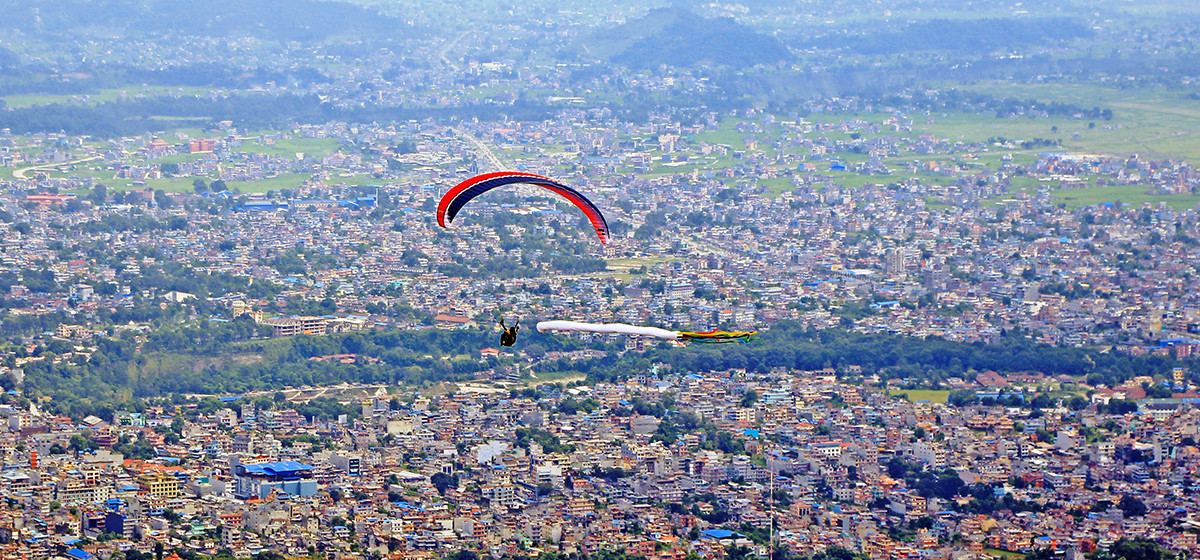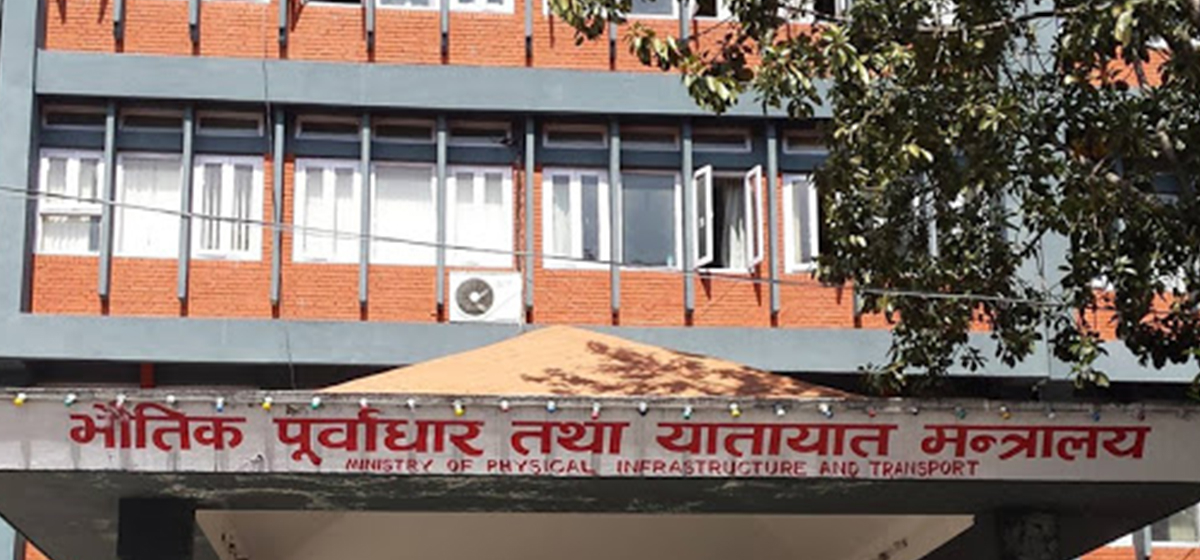
OR
Revising 1950 Treaty

More from Author
If India is willing to sell to Nepal the weapons it builds with foreign technology, we have no reason to look elsewhere.
Many students of Indian history and politics tend to view independent India’s first Prime Minister Jawaharlal Nehru as an internationalist. In Nepal, we even give him credit for thwarting Sardar Vallabhbhai Patel’s expansionist policy toward Nepal but we forget that he pursued the same expansionist policy that Patel advocated, albeit in a different guise. Nehru was neither an internationalist nor a liberal when it came to Nepal. He not only forced the 1950 treaty on the moribund Rana regime, but also was opposed to Nepal establishing diplomatic relations with China.
He wanted Nepal to remain firmly under India’s control, to become its satellite. And successive Indian governments continued with this policy. Therefore, for the past 70 years, the major problem in Nepal-India relations is Nepal’s search for respect and autonomy in conduct of its domestic and foreign policies versus Nehruvian control and micromanagement policy. So mutual suspicion and distrust characterize the past seven decades of Nepal-India relations. It is not difficult to bring Nepal-India ties back on track between the two neighbors who share not just an open border but also their religious, cultural, linguistic and ethnic make-up.
India has changed its old approach in dealing with many countries, including the ones it didn’t have much in common with. But when it comes to Nepal, it is still continuing with Nehru’s policy. One reason for the deep-seated skepticism of the Indian establishment in Nepal is the 1950 treaty of peace and friendship.
We tend to view the treaty as unequal but India views it as mutually beneficial. It’s futile to argue that the treaty be scrapped. As things stand, it is not happening. But we can amend certain clauses to bring them in line with recent changes in the two countries, the region and the world. This will not only discourage our politicians from using the treaty to establish their nationalist credentials but will also create a positive image of India among Nepali public.
But all our post-Panchayat leaders have mishandled the issue, resulting in misinterpretation of such a sensitive document. But India can instantly improve its image in Nepal by making some minor amendments to prove that India accords the respect we deserve as an independent country. And respect and equality is all that we want. Of course, our current leaders are equally to be blamed. But the general public uninitiated in international relations first tends to blame ‘the other’ for all that’s wrong in their own country. The leaders find it useful to channel the anger over the 1950 treaty for their political gain.
Clause 5 of the treaty (and the subsequent letters of exchange) restricts Nepal’s arms import from third countries. It effectively entails that Nepal needs India’s approval to buy arms from other countries. In the 1950s India was poor and weak, but today India is getting richer and is a major arms buyer. Interestingly Narendra Modi has recently signed technology transfer agreements with Russia and the US to make latest weapons in India. If we really think about it, we do not need to buy arms from third countries anymore. All that is needed for safeguarding the country can be bought from India. If India is willing to sell of those weapons built with international technology to us, we have no reason to look elsewhere. So instead of changing this clause, we can amend it to say India will sell Nepal any weapon manufactured in India by Indian firms or in joint collaboration with foreigners. That would do.
For example, India is buying 145 units of M777 howitzer artillery from the US, of which 25 will be manufactured in the US and 120 will be assembled in India. Per unit cost of M777 comes to around Rs 550 million. If we can get one of these, it will help make Kathmandu safer and will be a major addition to our artillery. And 550 million is not a huge sum for the valley’s security.
Since we will not buy a huge cache, maybe a piece or two of each weapon, the purchase won’t make us any more powerful vis-à-vis India. But it will go a long way to boost our overall national confidence, national power and instill renewed sense of security among the public. Just as any other people, including Indians, we too take great pride in each new piece of modern and powerful weapon in our arsenal. (This is not to say that Nepal hasn’t imported arms from other countries, it has, but not the arms that really boost our defense capabilities and provide us with a sense of national power and confidence, again owing to Indian objections).
Similarly, better late than never, India has realized that home-made INSAS rifles used by its military is substandard and that they need to be replaced with something that actually works in combat operations. Nepal Army, due to the 1950 treaty provision, has found it difficult to procure weapons from third countries and is forced to use INSAS. When the Nepali government tried to replace the old rifles with the American M16 in the early 2000s, it met with Indian opposition and instead America’s military aid was channeled through India and India in turn sold us thousands of INSAS rifles.
As a result our infantry does not have standard issue rifles. Some army units use INSAS, some M16s, and some are still making do with Second World War-era SLRs. According to news reports India will opt for a foreign technology to replace INSAS, and Nepal should ask India to help us replace INSAS. If India is serious about collective security, as mentioned in the letter of exchange following the 1950 treaty, it shouldn’t hesitate to replace Nepal Army’s INSAS with whatever new gun it is getting for its military.
In today’s world collective security is nothing to be ashamed of, unlike in the 1950s. Back then, the newly independent nations and those embarking on nation-building saw it as a sign of weakness. Then, it implied inability to defend on one’s own country. But the world has changed a lot in the past few decades. New threats to state security and sovereignty have emerged and collective security is the norm these days. And there is today no stigma to aligning with a major power or an international military alliance for one’s security.
Nepal and India can enter into a real collective security alliance, provided that India stops seeing us as dumping ground for its outdated and substandard weapons. It should rather help with the modernization of Nepal Army. Collective security works only when you have an ally who uses or understands your weapons systems. India has talked the talk, now it has to walk the walk on security.
And when it comes to giving preference to Indian firms on exploiting Nepal’s natural resources (clause VI of the treaty), Nepal should not hesitate to do so either. Let’s give the Indian firms, whether government-owned or private ones, first priority in harnessing our hydropower potential, but with the condition that the firms need to deposit 20 percent of total estimated project cost with Nepal government. If the project fails to take off within two years of signing the agreement, Nepal government will keep the deposit and seek another partner, whether Indian or foreign for the project. But if the project is completed on time, the government will return the deposit with interest.
If our democratic leaders fail to rise above petty interests, we will continue to come across as immature and unpatriotic to India, and it will continue to view us from the Nehruvian angle. Therefore, we need a real nationalist leadership that can convince the Indian side that a strong Nepal always works for its advantage. But we also need an Indian leadership that is smart enough to acknowledge and address Nepal’s quest for respect and equality, economic development and military modernization.
It’s just not us Nepal which benefits if the treaty is amended. It works in India’s interest as well. A weak, poor and jingoistic Nepal is definitely not in India’s long-term interest.
trailokyaa@yahoo.com
You May Like This

Work Together, Grow Together
The number of start-ups and entrepreneurs has mushroomed in the Kathmandu Valley in recent years. Regardless of how unrealistic and... Read More...

Belgium beat England to secure third place finish
ST PETERSBURG, July 14: Belgium beat England 2-0 in the World Cup third-place play-off on Saturday to secure their best... Read More...

Both elections not possible together: CEC Yadav
KATHMANDU, July 30: Chief Election Commissioner Dr Ayodhee Prasad Yadav has said that the election of the provincial assembly and... Read More...
Just In
- CPN (Unified Socialist) to hold its Central Committee meeting on May 10-11
- Over 16,000 paragliding flights conducted in one year in Pokhara
- MoPIT prepares draft of National Road Safety Act, proposes rescue within an hour of an accident
- Light rainfall likely in hilly areas of Koshi, Bagmati, Gandaki and Karnali provinces
- Customs revenue collection surpasses target at Tatopani border, Falls behind at Rasuwagadhi border in Q3
- Rain shocks: On the monsoon in 2024
- Govt receives 1,658 proposals for startup loans; Minimum of 50 points required for eligibility
- Unified Socialist leader Sodari appointed Sudurpaschim CM




















Leave A Comment